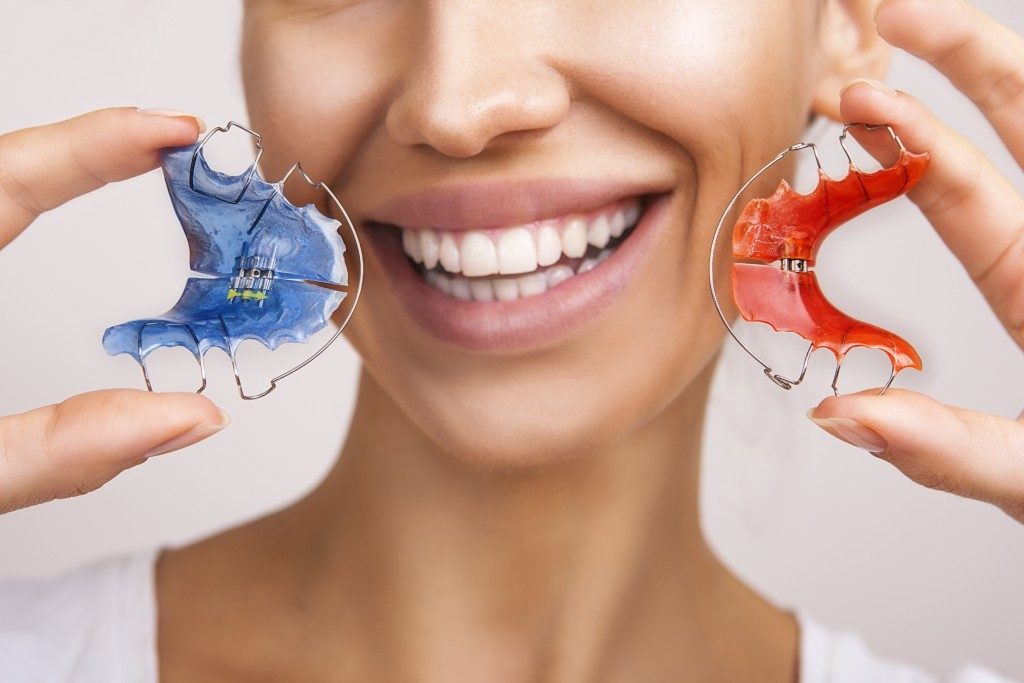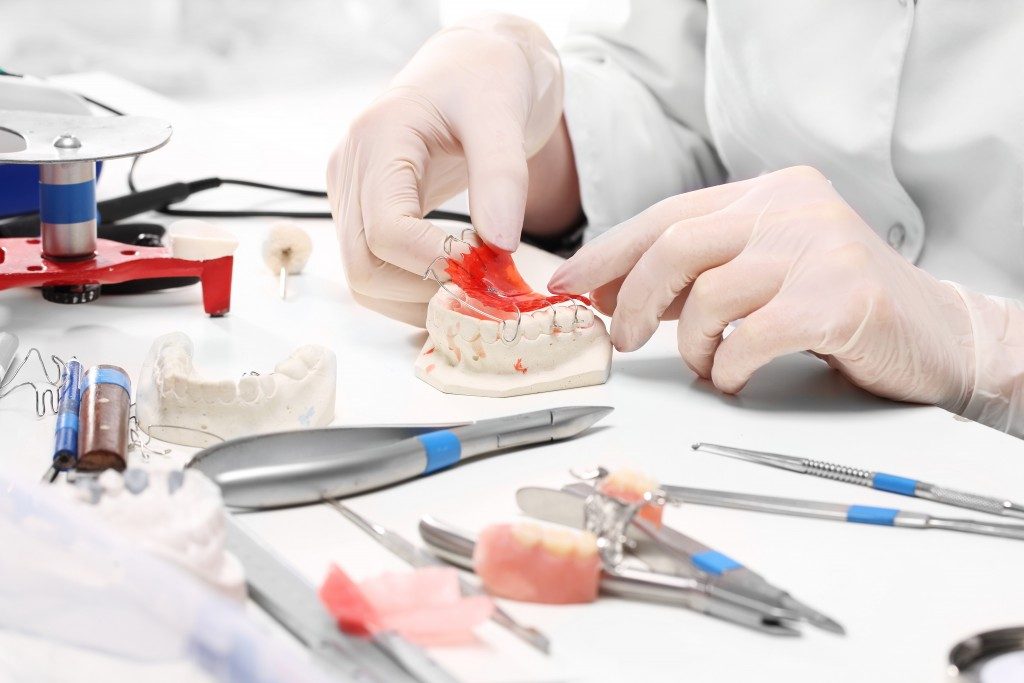There are many reasons why an orthodontist can decide to give you braces. They help to correct teeth problems, including overcrowding, crookedness, and overlapping. Braces can also help with malocclusion, a condition where the bottom jaws and the top differ in size. For children, the issues can result if they lose their teeth too soon, or it can be genetic.
An orthodontist in Oviedo, Florida will consider your specific case before giving any recommendation. If you notice an issue with your child’s teeth, it is advisable that it be corrected early. However, adults who did not get the help they needed when they were younger still get a second chance. Your braces will have the following parts:
The alastics and archwire
There are usually tiny rings made of rubber that fit the brackets called alastics. They serve to keep the wire in place. For some braces, the alastics are colored even though the norm is to have them silver. They are typically changed every time you go to have the archwire adjusted.
The archwire, on the other hand, is the main structure that gets fitted in the jaws. Some wires are designed to be adjustable to the different brackets. After you get braces, you get appointments where the orthodontist adjusts the wires to suit the movement of the teeth. Due to these changes, the braces can feel tighter after every appointment.
The brackets and the bands
Braces usually have metal rings fitted at the molars. These bands are as different as the patients. They are usually fitted to the position with dental cement. The cement must have fluoride so that there is no decalcification during your treatment. The brackets are parts of the braces glued to every tooth or bonded to the band. They help to keep the archwire close to the teeth.
The coil spring and elastics
There is usually a spring that goes above the archwire between the brackets. The coil spring’s job is to push the brackets apart. It creates space between teeth in one jaw. Elastics, not to be confused with alastics bring the jaws together tightly. They are usually fitted by joining them with a hook to the bracket from the top jaw. From there, they are pulled so that they can hook to the other jaw.
The forsus springs and hooks
There are usually springs at the sides of the jaws that form the structure of the braces. These forsus springs serve as a connection between the top back molars and the lower ones through the archwire. They help to readjust those molars backward. Hooks are usually found in some brackets, and they keep the elastics in place.
Due to their complicated design, it is easy for food to stick to the braces. You will, therefore, need to put in some work to clean them. General practice is to brush after every meal and to floss daily. However, during the visit to the orthodontist, they will recommend a care routine. Following it to the letter is prudent.

